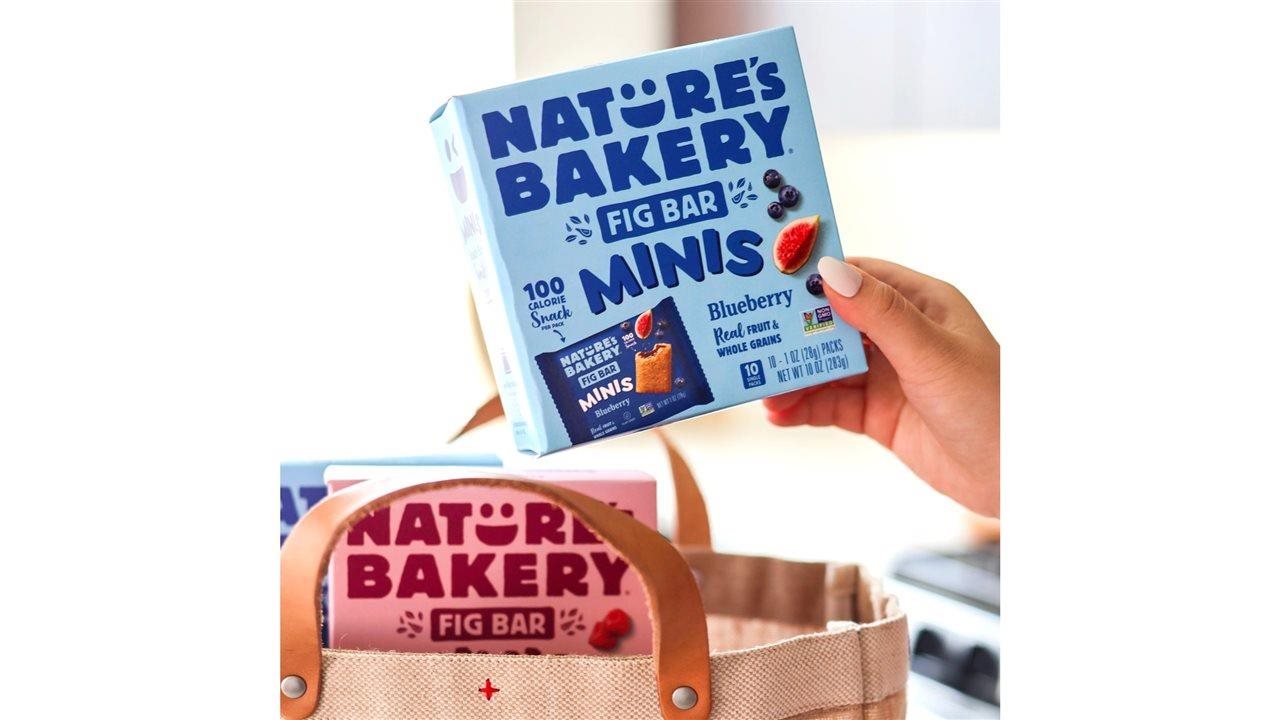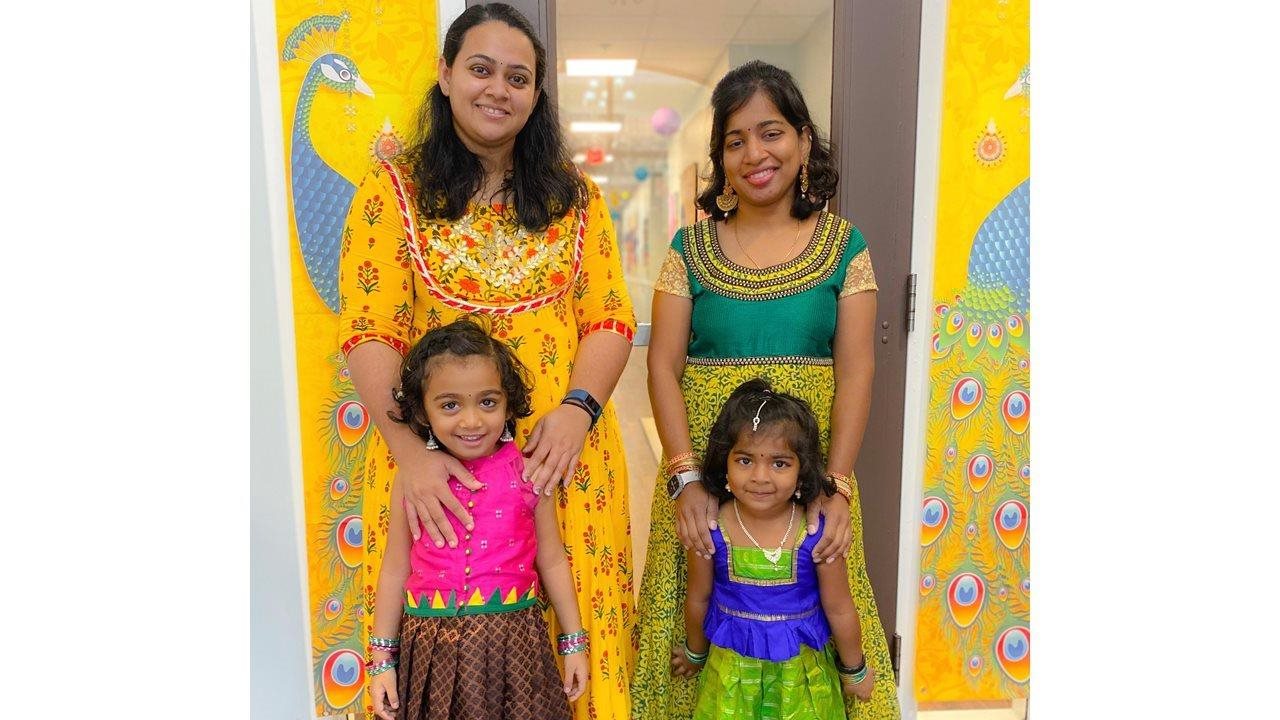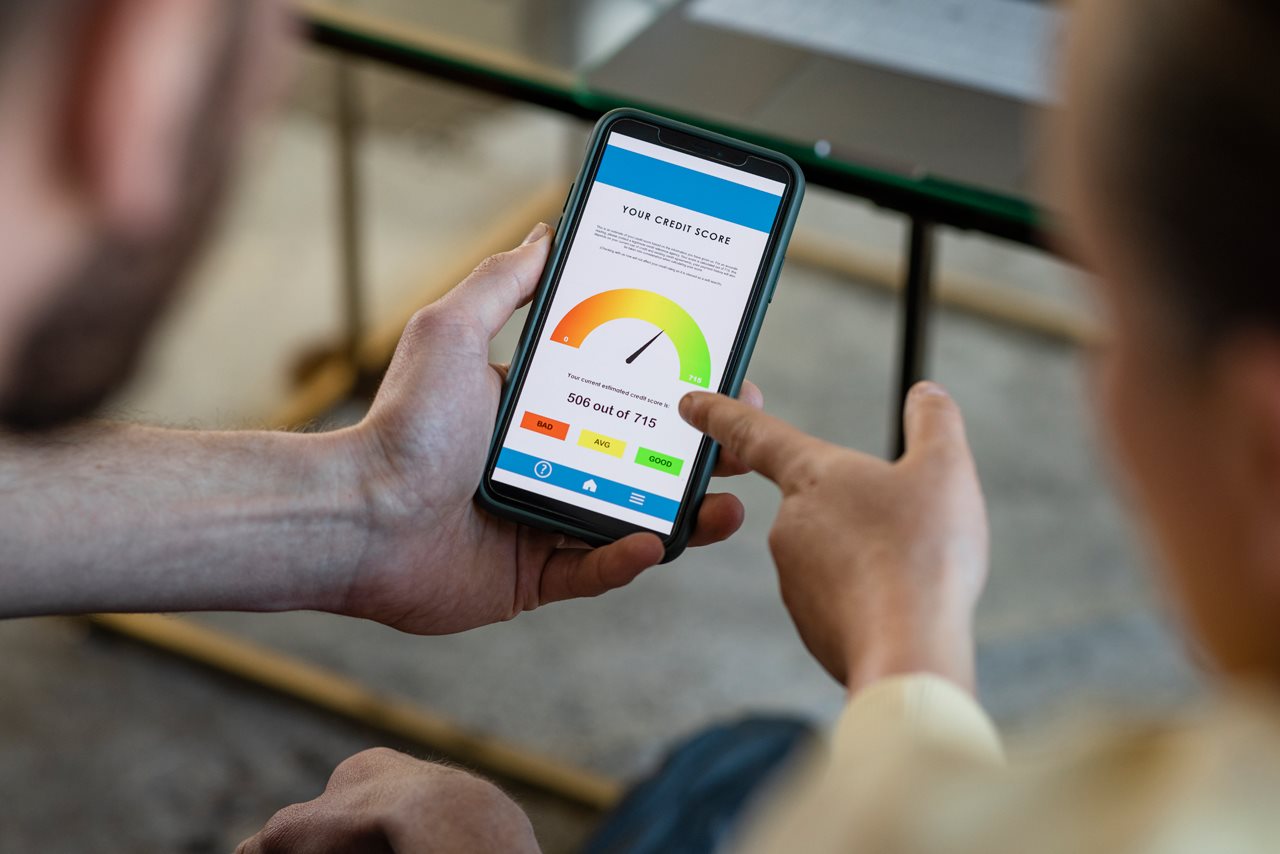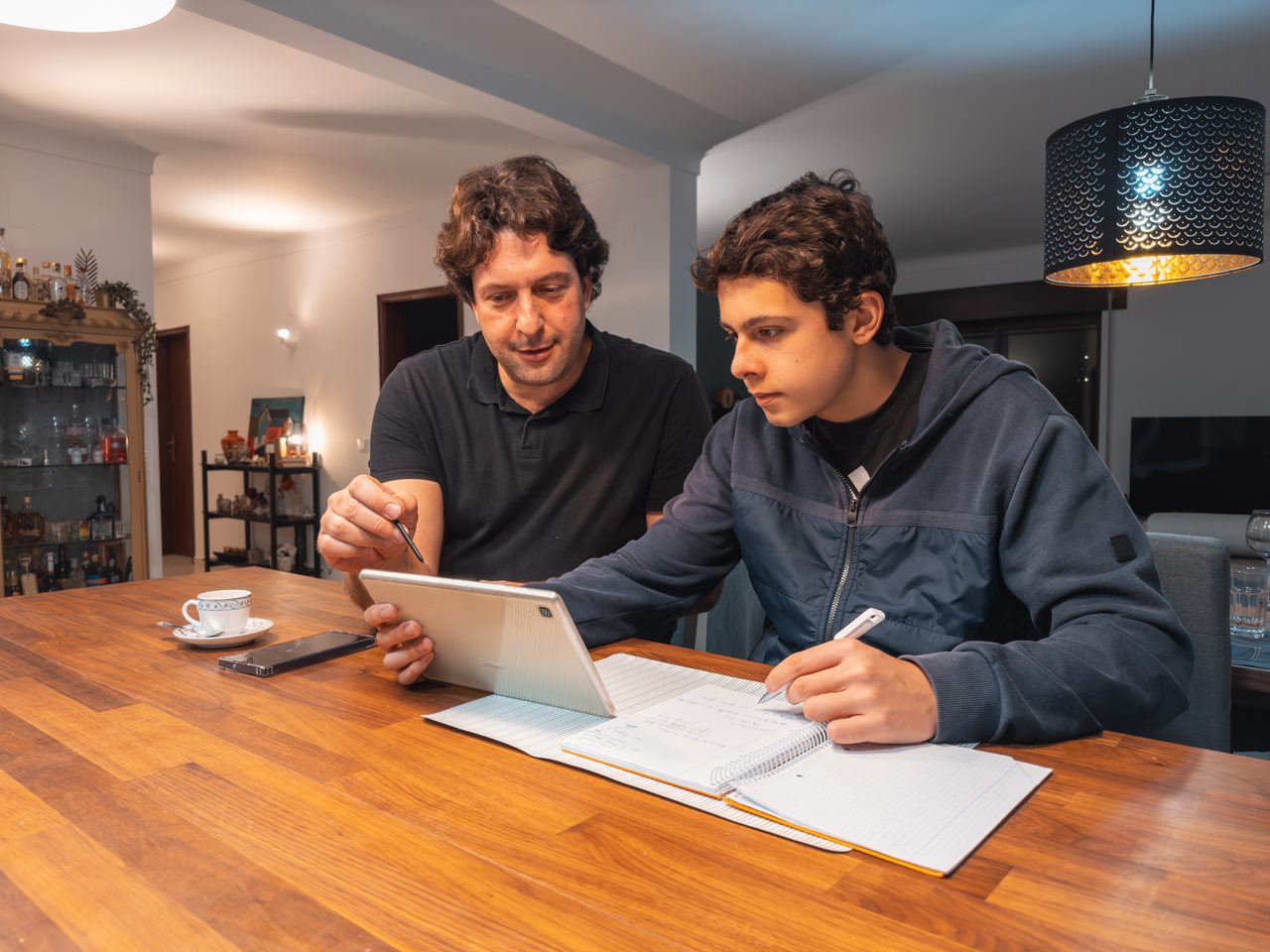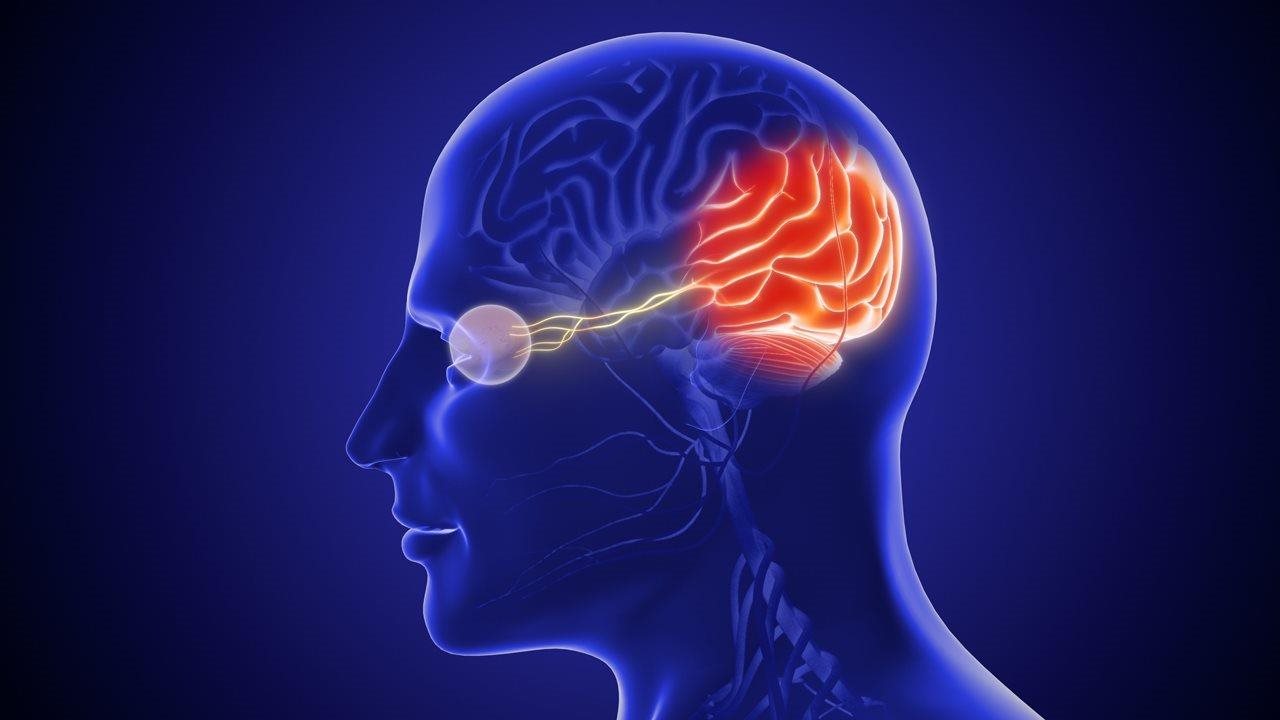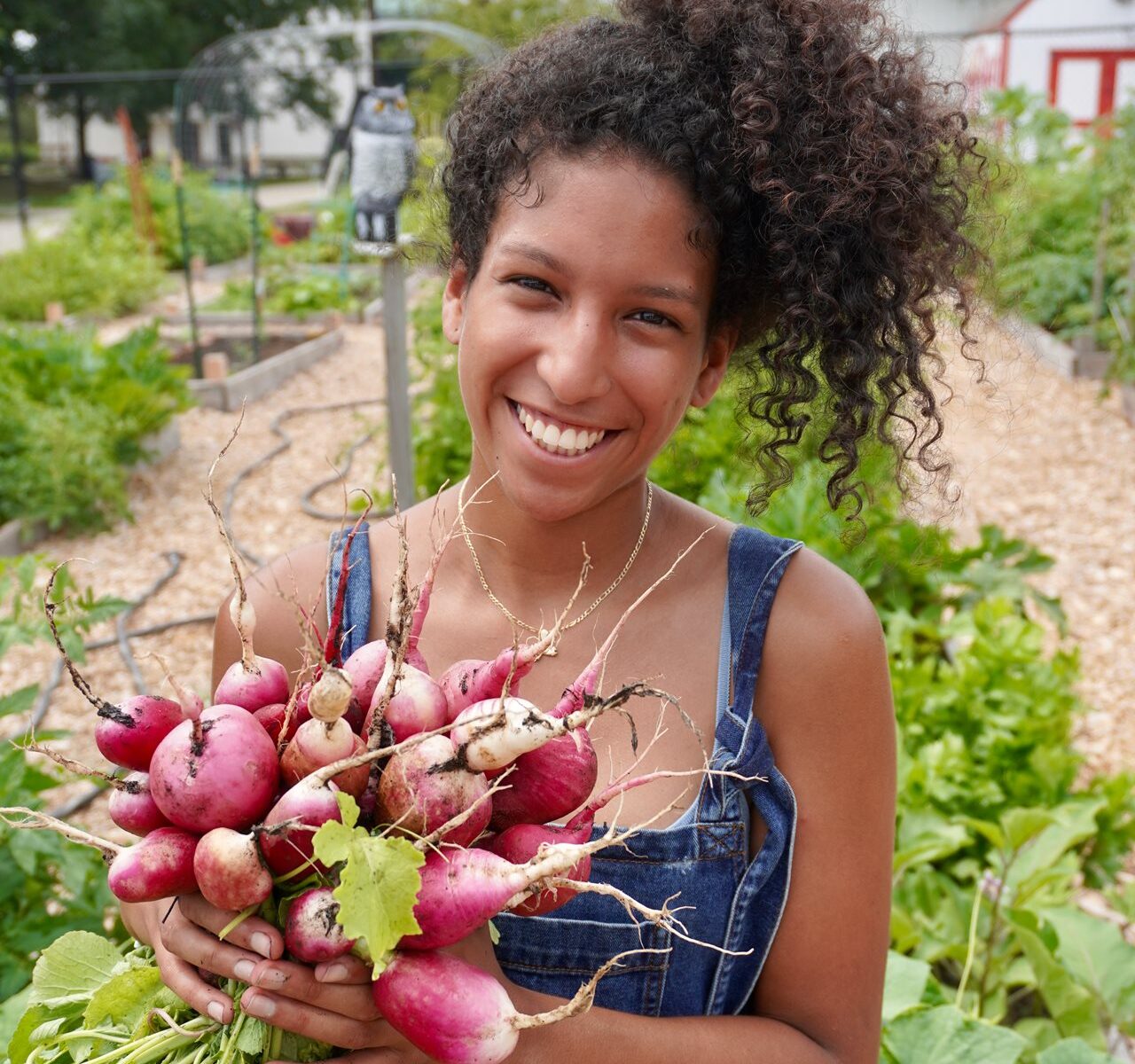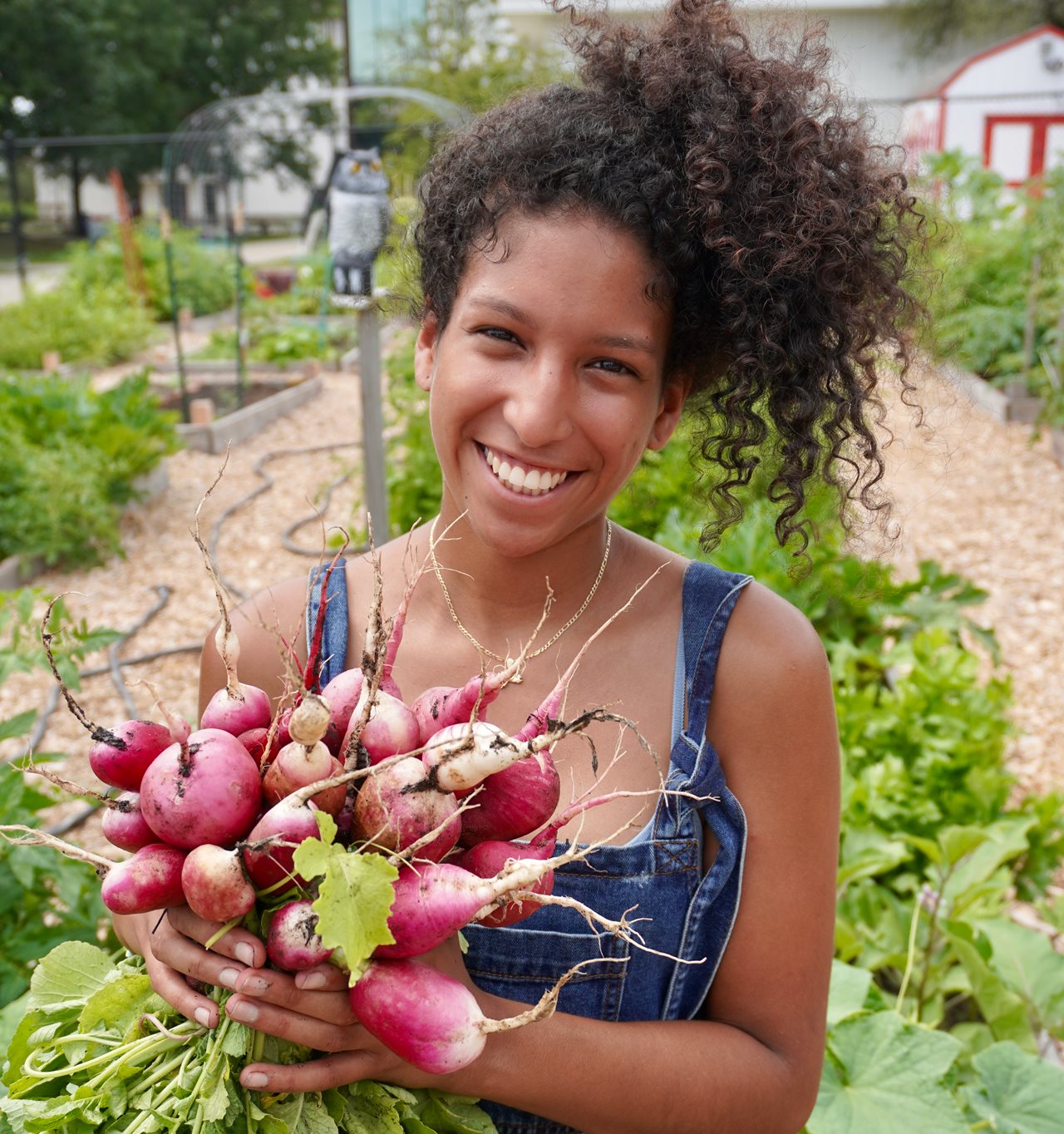2024-02-05T15:49:00
(BPT) – The holiday season has passed, but the threat of COVID-19 has not.1 As of January 2024, the Centers for Disease Control and Prevention’s (CDC) National Wastewater Surveillance System showed that 35 states are experiencing “very high” viral activity, including Texas, New York, California, Illinois and Georgia.2
In addition to the case surge, 2024 also has a new dominant variant, JN.1, which now accounts for approximately 62% of all currently circulating SARS-CoV-2 variants.1
While many people think COVID and other respiratory viruses die down in December, you can still be infected into the spring.3
It’s not too late to get vaccinated against COVID-19.4 Here are three reasons why experts are urging Americans to get their COVID-19 shot if they haven’t already.
1. Vaccination is one of the best defenses against Long COVID and other long-term symptoms5
The WHO defines Long COVID as the continuation or development of new symptoms three months after an initial COVID-19 infection, with symptoms including brain fog, fatigue, cough, and shortness of breath persisting for two months or longer.6,7 A 2023 study found that those with the condition were 23% more likely to be unemployed and 16% less likely to work full-time.8
While Long COVID might seem rare, the statistics tell a different story. The National Center for Health Statistics’ Household Pulse Survey began collecting data on Long COVID in December 2022. The most recent data, from the week of October 18-30, 2023, showed that 14.3% of U.S. adults had experienced “symptoms of COVID that lasted three months or longer.” Interestingly, people aged 40-49 (16.9%) were most likely to report having Long COVID, followed by those aged 30-39 (16.6%), and 18-29 (15.6%). Only around 8% of study participants over age 80 reported Long COVID symptoms.9
In another study, approximately 1 in 4 children/adolescents with documented COVID-19 experienced persistent symptoms for 4-12 weeks post-infection.10
“Long COVID symptoms overlap with many different conditions making it difficult to diagnose, but we continue to hear stories from patients who went from healthy to severely impaired following a COVID infection,” explains Francesca Ceddia, Chief Medical Affairs Officer at Moderna. “As members of the medical community, we have an obligation to educate adults — even healthy, younger individuals — on the potential risks of Long COVID, so they can take appropriate measures to protect their health.”
There is currently no approved treatment for Long COVID, but research has proven that staying up to date with your COVID-19 vaccine can help protect you and others against the long-term effects from Long COVID.11 Research additionally suggests there is a strong association between receiving the COVID-19 primary vaccination series and a reduced risk of receiving a diagnosis of Long COVID, even if one subsequently develops SARS-CoV-2 infection.12
Learn more about the burden of Long COVID and how to best protect yourself and others.
2. COVID-19 vaccines can help prevent severe outcomes of COVID-1913
While severe COVID-19 outcomes are less frequent in children, they are still a possibility, particularly if they have another health condition that puts them at risk.14
“Parents often ask me about mRNA vaccine safety and if it’s worth getting their child vaccinated since they have a lower risk,” says Jessica Peck, DNP, APRN, CPNP-PC, CNE, CNL, FAANP, FAAN, Past President, National Association of Pediatric Nurse Practitioners and Clinical Professor of Nursing, Baylor University. “The answer is always ‘yes.’ There is a considerable amount of data reinforcing that mRNA vaccines are important tools for protecting children’s health.”
In addition to protecting health, vaccination is also important for keeping children in the classroom and preventing them from falling behind in school.15 This can also help prevent parents from missing work and taking valuable sick days while their children recuperate.
Ultimately Nurse Jessica encourages parents to talk to their pediatrician if they have questions about the vaccine. “With so much information online, it can be challenging to sift through the noise. Your pediatrician can best address any questions you have on mRNA and COVID-19 vaccines.”
3. If you have a chronic health condition, COVID-19 can make it worse
Many people think “at-risk” only applies to older or immunocompromised adults, but people living with chronic health conditions, such as heart disease, obesity, lung disease, and diabetes, are also susceptible to serious outcomes.16 In fact, contracting COVID-19 can make chronic illness worse.17
While it is still possible to contract COVID-19 after your vaccination, getting vaccinated can help prevent the most serious outcomes from the virus, regardless of your prior health or risk status.4
COVID-19 doesn’t care what time of year it is. Protect yourself by getting your updated COVID-19 vaccine. The latest COVID-19 vaccine is widely available at retail pharmacies across the country and can be given at the same time as your annual flu shot.18
Unsure where to go? Visit Vaccines.gov to find a COVID-19 vaccination site near you.
References:
1. Centers for Disease Control. “COVID-19 Activity Increases as Prevalence of JN.1 Variant Continues to Rise.” Updated January 5, 2024. Accessed January 24, 2024. https://www.cdc.gov/respiratory-viruses/whats-new/JN.1-update-2024-01-05.html
2. Centers for Disease Control. “COVID-19 Current Wastewater Viral Activity Levels Map.” Updated December 7, 2023. Accessed January 24, 2024. https://www.cdc.gov/nwss/rv/COVID19-currentlevels.html
3. According to the CDC, while flu activity often peaks between December and February, it can continue as late as May. While the CDC provides general information about flu season, the behavior of COVID-19 and other respiratory viruses can vary and is subject to change based on emerging data.
Centers for Disease Control. “Flu Season.” Updated September 20, 2022. Accessed January 24, 2024. https://www.cdc.gov/flu/about/season/index.html
4. Centers for Disease Control. “COVID-19 Vaccine Uptake and CDC’s Commitment to Vaccine Equity.” Updated November 22, 2023. Accessed January 24, 2024. https://www.cdc.gov/respiratory-viruses/whats-new/vaccine-equity.html
5. National Institutes of Health, “Long COVID.” Accessed January 20, 2024. https://covid19.nih.gov/covid-19-topics/long-covid
6. The World Health Organization. “Post COVID-19 condition (Long COVID).” Updated December 7, 2022. Accessed January 24, 2024. https://www.who.int/europe/news-room/fact-sheets/item/post-covid-19-condition
7. Centers for Disease Control, “Long COVID or Post-COVID Conditions.” Updated July 20, 2023. Accessed January 30, 2024. https://www.cdc.gov/coronavirus/2019-ncov/long-term-effects/index.html
8. Percentages were calculated from the adjusted odds ratios from a study conducted with 15,308 U.S. adults from February 2021 to March 2022. The study findings are based on self-reported data.
Perlis, R. et al., (2023) “Association of Post–COVID-19 Condition Symptoms and Employment Status.” JAMA Network Open. 6(2). https://jamanetwork.com/journals/jamanetworkopen/fullarticle/2801458
9. National Center for Health Statistics. “Household Pulse Survey.” Updated November 8, 2023. Accessed January 24, 2024. https://www.cdc.gov/nchs/covid19/pulse/long-covid.htm
10. Lai, C. C., et al. (2023). “Long COVID: An inevitable sequela of SARS-CoV-2 infection.” Journal of Microbiology, Immunology and Infection. 56(1), 1-9. https://www.ncbi.nlm.nih.gov/pmc/articles/PMC9576029/
11. National Institutes of Health. “Long COVID.” Accessed January 24, 2024. https://covid19.nih.gov/covid-19-topics/long-covid
12. Based on a large-scale Swedish observational cohort study conducted between December 2020 and February 2022 involving 589,722 adults, COVID-19 vaccination prior to infection demonstrated a 58% effectiveness in reducing the risk of Long COVID (referred to as Post-COVID-19 Condition, or PCC), with increased protection observed with each additional vaccine dose.
Lundberg-Morris, L., et al. (2023). “COVID-19 Vaccine Effectiveness Against Post-COVID-19 Condition Among 589 722 Individuals in Sweden: Population-Based Cohort Study.” British Medical Journal. 383. https://www.bmj.com/content/383/bmj-2023-076990.long
13. Centers for Disease Control, “5 Things You Should Know about COVID-19 Vaccines.” Updated October 13, 2023. Accessed February 1, 2024. https://www.cdc.gov/respiratory-viruses/whats-new/5-things-you-should-know.html
14. Ho, M., et al. (2023). “Incidence and Risk Factors for Severe Outcomes in Pediatric Patients With COVID-19.” Hospital Pediatrics. 13 (5): 450–462. https://publications.aap.org/hospitalpediatrics/article/13/5/450/191042/Incidence-and-Risk-Factors-for-Severe-Outcomes-in
15. Centers for Disease Control. “6 Things to Know about COVID-19 Vaccination for Children.” Updated August 6, 2023. Accessed January 24, 2024. https://www.cdc.gov/vaccines/covid-19/planning/children/6-things-to-know.html
16. Centers for Disease Control. “People with Certain Medical Conditions.” Updated May 22, 2023. Accessed January 24. 2024. https://www.cdc.gov/coronavirus/2019-ncov/need-extra-precautions/people-with-medical-conditions.html
17. Fekadu, G. et al. (2021) “Impact of COVID-19 Pandemic on Chronic Diseases Care Follow-Up and Current Perspectives in Low Resource Settings: A Narrative Review.” International journal of Physiology, Pathophysiology and Pharmacology. 13(3). 86-93. https://www.ncbi.nlm.nih.gov/pmc/articles/PMC8310882/
18. Centers for Disease Control, “Getting a Flu Vaccine and other Recommended Vaccines at the Same Time,” Updated December 8, 2023. Accessed January 30, 2024. https://www.cdc.gov/flu/prevent/coadministration.htm

